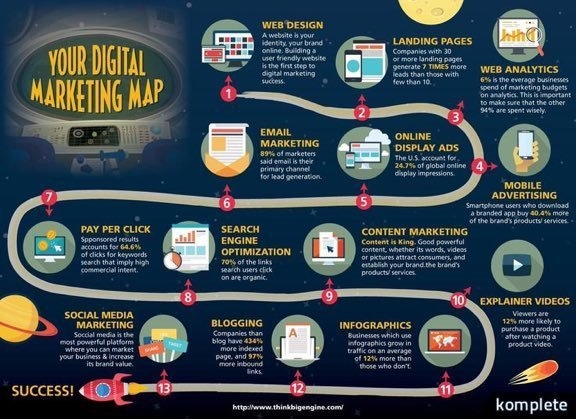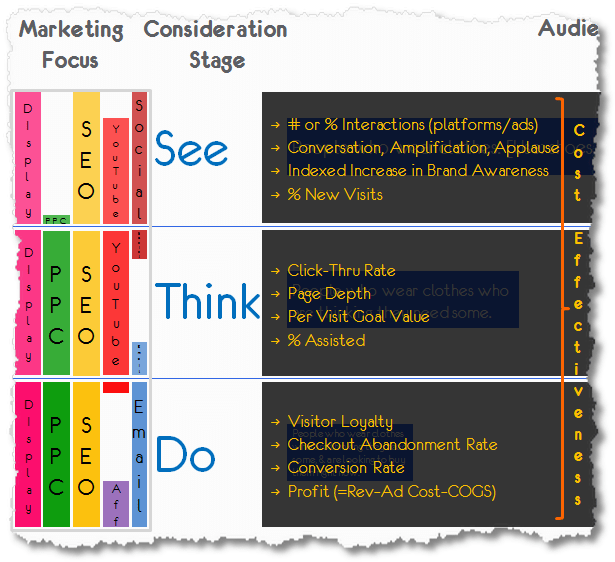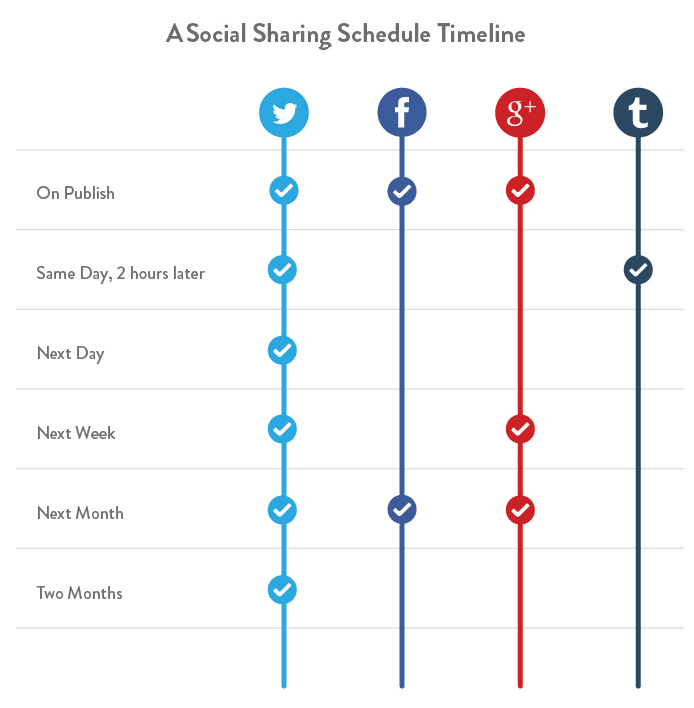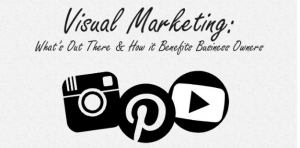— June 4, 2018

Image courtesy of Think Big Engine
Digital marketing success is more than just choosing a few digital tactics, it requires integrating those tactics into a cohesive strategy. Then, doing it over again every day.
Tactics for digital marketing success
Looking at the infographic that started this post, you’ll see listed 13 tactics leading to digital marketing success. And, certainly, these tactics will help build that success. For ease of use, let’s categorize the tactics by grouping similar tactics together. We’ll start by looking at the skill sets involved.
1. Design
Design underpins much of what makes digital marketing success. Whether you’re designing a website, a landing page or creating an image for your website, ad, or infographic, you need to have good design skills. Not all of us are whiz kids when it comes to design, but there are some tools to help.
Canva – is a great tool for creating social media images whether you need them for your profile or as images to include in posts. One aspect of Canva I really like is the templates that help design great looking images even if you know nothing about layout or what fonts go together. They’re constantly adding new images and tools, such as infographic templates, to help you out.
Photoshop – granted it’s expensive, but Photoshop is a great design tool. Luckily, you can now get the entire creative cloud from Adobe for as low as $ 29/ month if you’re in school and a little more to use for business. It used to be more difficult to use Photoshop, but now there are tons of tutorials on YouTube and Photoshop now includes little mini tutorials if you hover over the buttons.
Kuler – If mixing colors isn’t your forte, then Kuler is for you. Kuler, from Adobe, let’s you import an image and get the colors used or you can choose a color to get colors that coordinate well with it.
2. Analytics
Almost the other end of the spectrum from creativity is analytics, but that’s exactly the combination you need for digital marketing success. Google Analytics is perfect for understanding critical elements of your website and how visitors navigate through it. If you’re trying to learn how to gain insights from Google Analytics, you can use the Google Data Studio to give it a test drive using data from Google’s e-commerce site.
For analytics outside of Google Analytics, a number of great tools exist. You can use individual analytics from each social network (ie. Facebook, Pinterest, etc), you can bring them all to one place by using a dashboard program such as Cognos (from IBM), or you can pay for a more powerful tool, such as Kissmetrics, to gain more insights.
3. Content marketing
SEO used to be a function of coding. Today, most of the metrics included in Google’s algorithm have to do with content and the engagement you win through the distribution of great content. Using various types of content (visual, text, video, infographics, audio, etc) does much better than using a single type of content.
According to Hubspot data, publishing at least once a week is critical for ROI and ROI drops pretty precipitously when you publish less frequently. But, it’s not enough to publish, it’s the quality of your content that contributes to ROI.
Valuable content – might be entertaining, informative, or make the reader feel something. Valuable content encourages subscription to your email, sharing, comments, and other actions that contribute to ROI.
Appropriate content – As you can see from this infographic from Occam’s Razor, you need to produce content that’s right for each stage in the conversion process (and your metrics need to match your goal with each piece of content).

Image courtesy of Occam’s Razor
Knowing where a visitor is in the conversion process isn’t always easy, but, if you’ve done a good job of coding content (applying tracking codes so you know what type of content drove them to visit your site) and use tools that let you track where visitors have been before, you can make an educated guess as to what content they need. By delivering the right content at the right time, you’re more likely to convert visitors.
Reach is important. The more visitors you bring to your site, all things being equal, the higher your ROI. This is one of the reasons it’s important to have several social platforms and have links on your content so visitors can easily share your content. You should share your content once it’s published and here’s a schedule recommended by Kissmetrics:
 Image courtesy of Kissmetrics
Image courtesy of Kissmetrics
In addition to sharing your own content, you should share content created by other great companies/ experts. Many experts recommend you share 20% your promotional content and 80% other valuable content you find (I use Buffer to find great content to share).
4. Paid digital advertising
Paid digital advertising, including PPC (pay per click) campaigns such as Google Adwords, social media advertising on platforms such as Facebook and Twitter, and mobile ads are great to support digital marketing success.
Integration to achieve true digital marketing success
Integrating across these tactics can be really challenging, especially in a larger firm where different teams may manage different platforms or where different ad agencies handle different aspects of marketing, such as content marketing, paid, and social. But, integrate you must to achieve true digital marketing success.
A big part of conversion is frequency and unless efforts are coordinated, you lose out on frequency.
Let’s talk about how you go about integrating across these tactics that contribute to digital marketing success.
Strategic planning
The first step in integration is to have a strategic plan. Don’t have one, here’s a link to creating a digital marketing plan.
Coordination comes from strategic elements such as messaging, but even elements such as mission and goals help integrate efforts by creating an umbrella under which teams create posts, infographics, and the metrics used to assess them.
Creative meetings
Bringing everyone together is important. Everyone should have time to share elements they’re working on and get input from the group about ways to extend a particular effort across multiple platforms and creative efforts.
Having a style guide is a must. In the style guide, list the color palette, fonts, and approved variations so there’s consistency across your marketing efforts (including traditional advertising). Copies of various sizes and types of logos, images of the leadership team, and other graphic elements may be part of the style guide.
A master plan
There needs to be a point person in charge of digital marketing success and that person is key to coordinating efforts across teams. Some organizations have an approval process where the top person must approve everything before it goes live. I’m not a big fan of this approach because it can slow the process down and, unlike traditional advertising, digital media is a fast-flowing river where putting in a dam causes the flow to back up and allows accumulation of a lot of flotsam and jetsam, which is both stinky and further jams the pipeline.
A better strategy is to use a digital master calendar or another device, such as an app, to allow everyone to post what they’re working on, the assets they plan to use, and when the creative effort will go live. But, it’s not enough to post plans, but everyone should be required to check this master calendar every day to see where their plans fit into those already in the works.
For instance, reusing a graphic created by another team not only saves time and money, it creates a visual that helps consumers (customers and potential customers) associate the two efforts–and increases frequency.
To recap:
- There are 4 elements critical for digital marketing success:
- Design
- Analytics
- Content Marketing
- Paid Advertising
- Strategic Planning
- Creative Meetings
- A Master Plan
Digital & Social Articles on Business 2 Community
(72)







